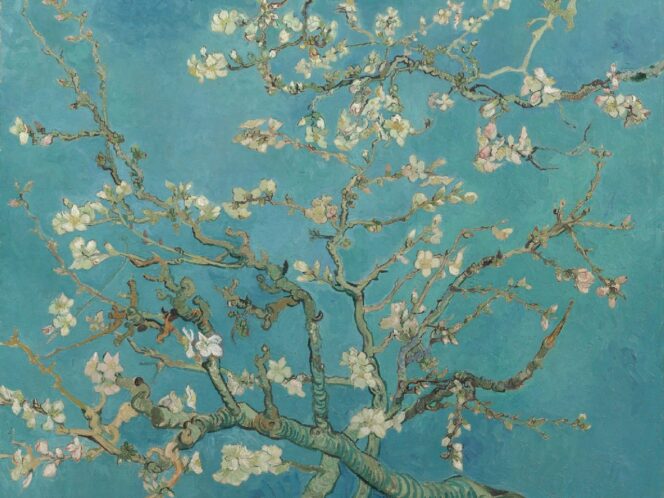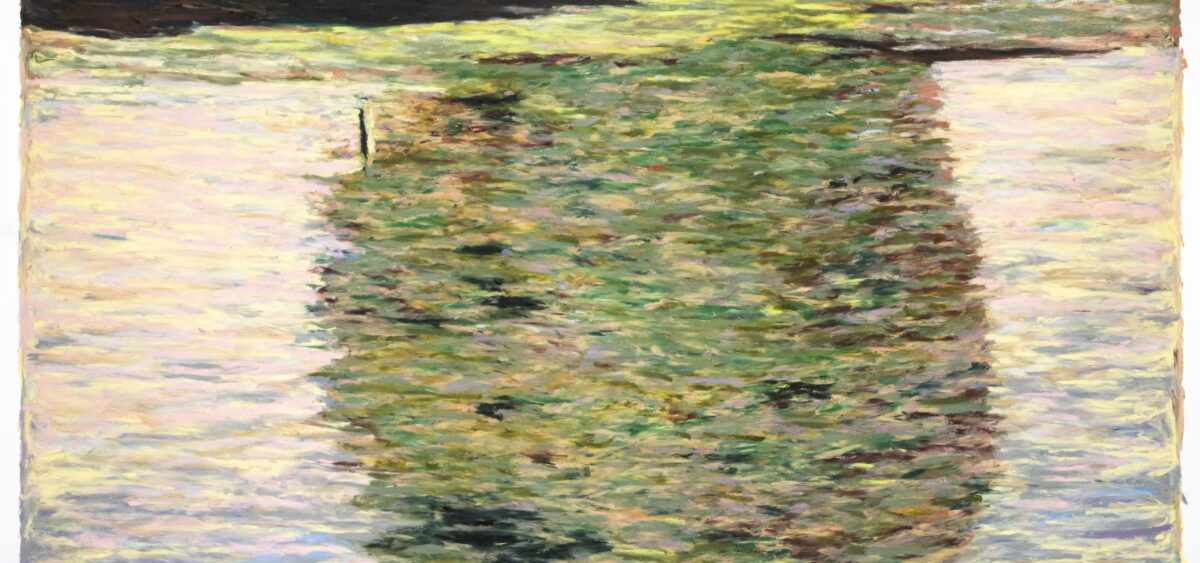
When Japan opened up to trade with the West in 1854, previously unknown works of art began to appear in Europe. Ukiyo-e, or “picture[s] of the floating world” were particularly popular in salons in France. Their simplicity and unconventional framing set them apart from classical European art and despite this (or perhaps because of it), European painters quickly began to try to emulate them. One of these was Vincent van Gogh.
In February 1890, during his stay in Saint-Rémy-de-Provence, van Gogh painted one of his most famous works. Inspired by the Japanese genre, the painting, entitled Almond Blossom, was created for the newborn son of the artist’s








